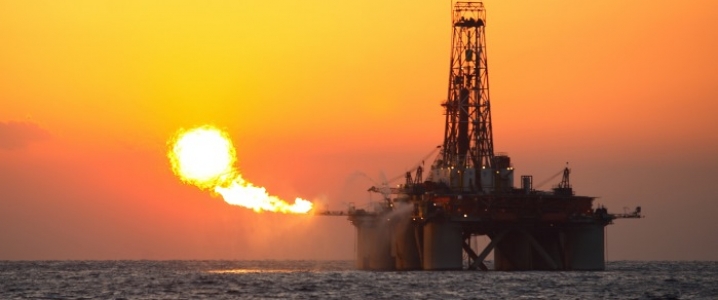Peak Oil Review – 30 May 2016
Oil briefly traded above $50 a barrel last week but quickly fell back to close at $49.33 in NY and $49.32 in London on profit taking and uncertainties about the status of the global oil glut. For the past two months, oil prices have been driven higher by a series of unplanned production outages in Kuwait, Libya, Canada, Nigeria, and concerns about the political stability of Venezuela. Currently, about 3.5 million b/d of normal production is offline. While some of these outages, such as the 1 million b/d fire-caused drop in tar sands production, will be short-lived, other situations such as in Nigeria, Libya, and Nigeria could last indefinitely.


